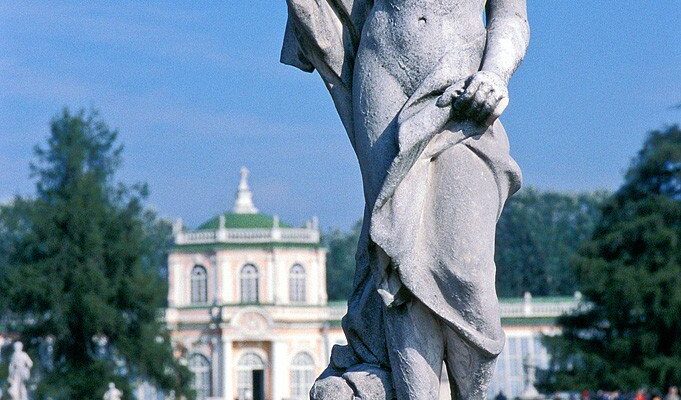Kuskovo Estate
Kuskovo Estate is an ancient estate in the east of Moscow, which belonged to the Counts Sheremetev. The pavilions, palace and luxurious park with sculptures have survived to this day. Kuskovo acted as a summer residence of the counts. Gala receptions and dance parties were held in the palace. The Sheremetevs were guests of the best Moscow public.
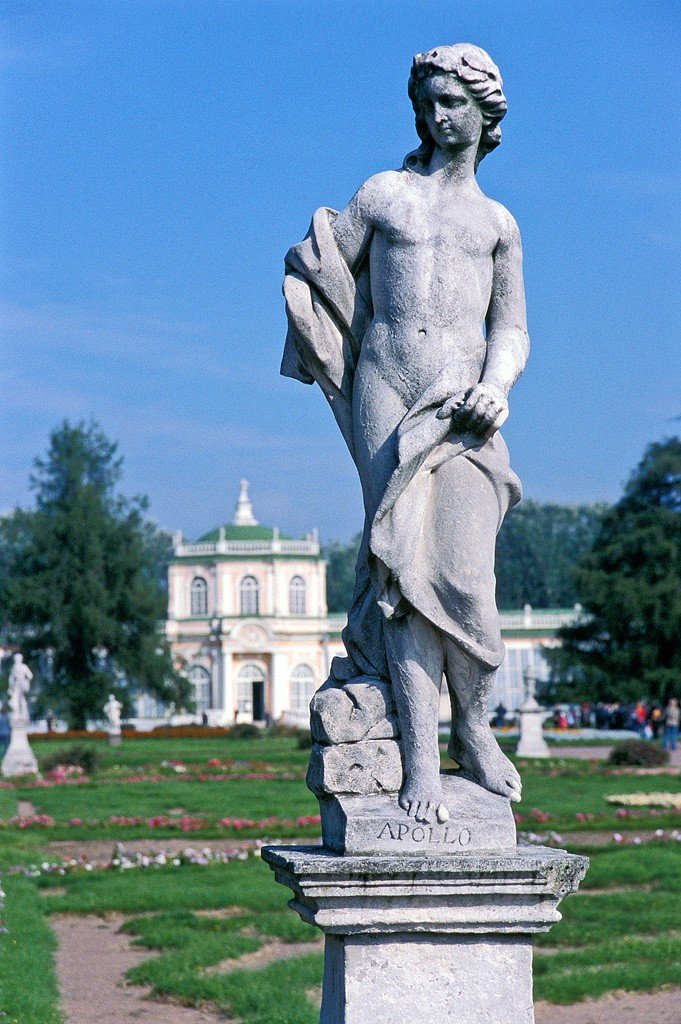
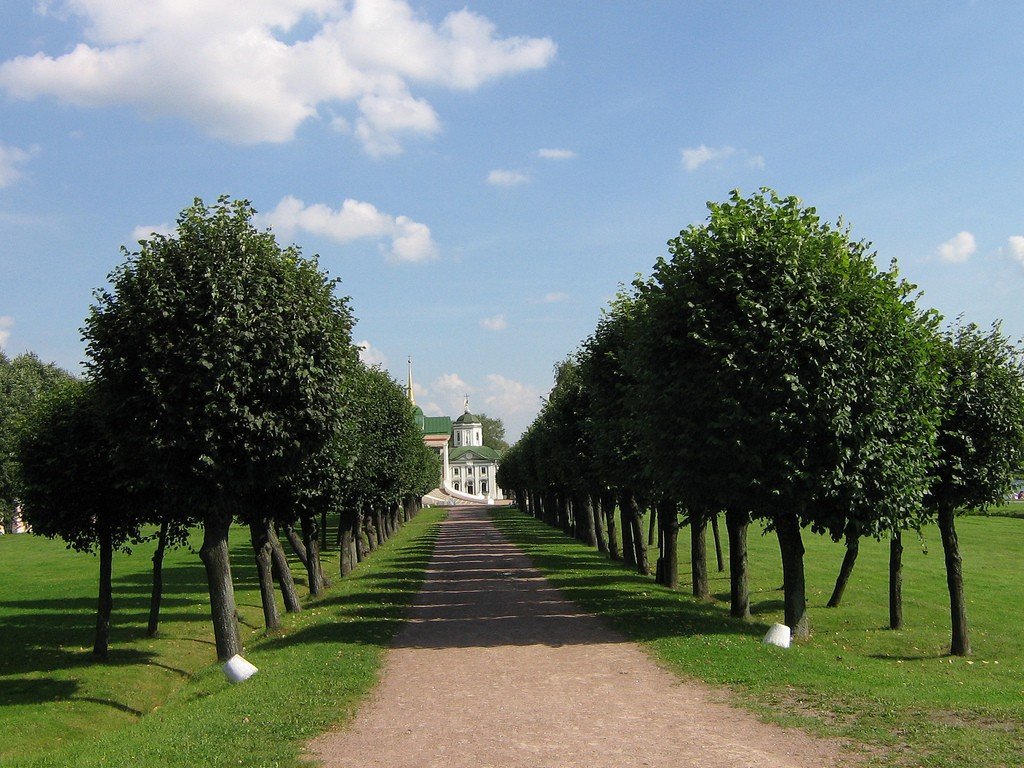
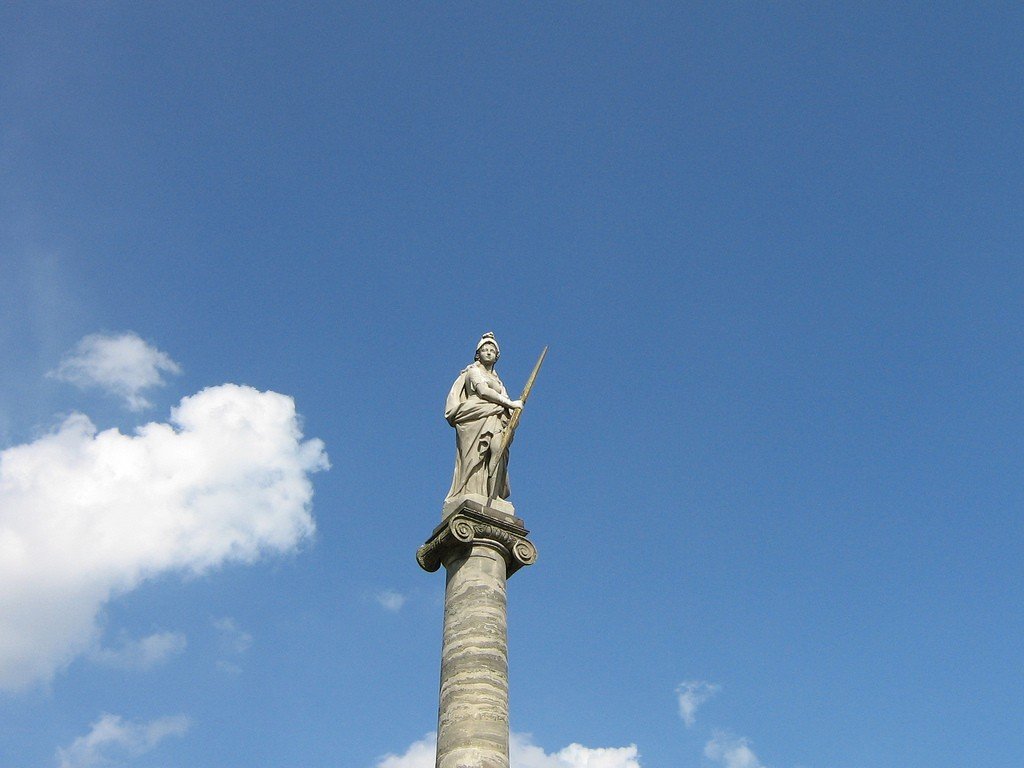
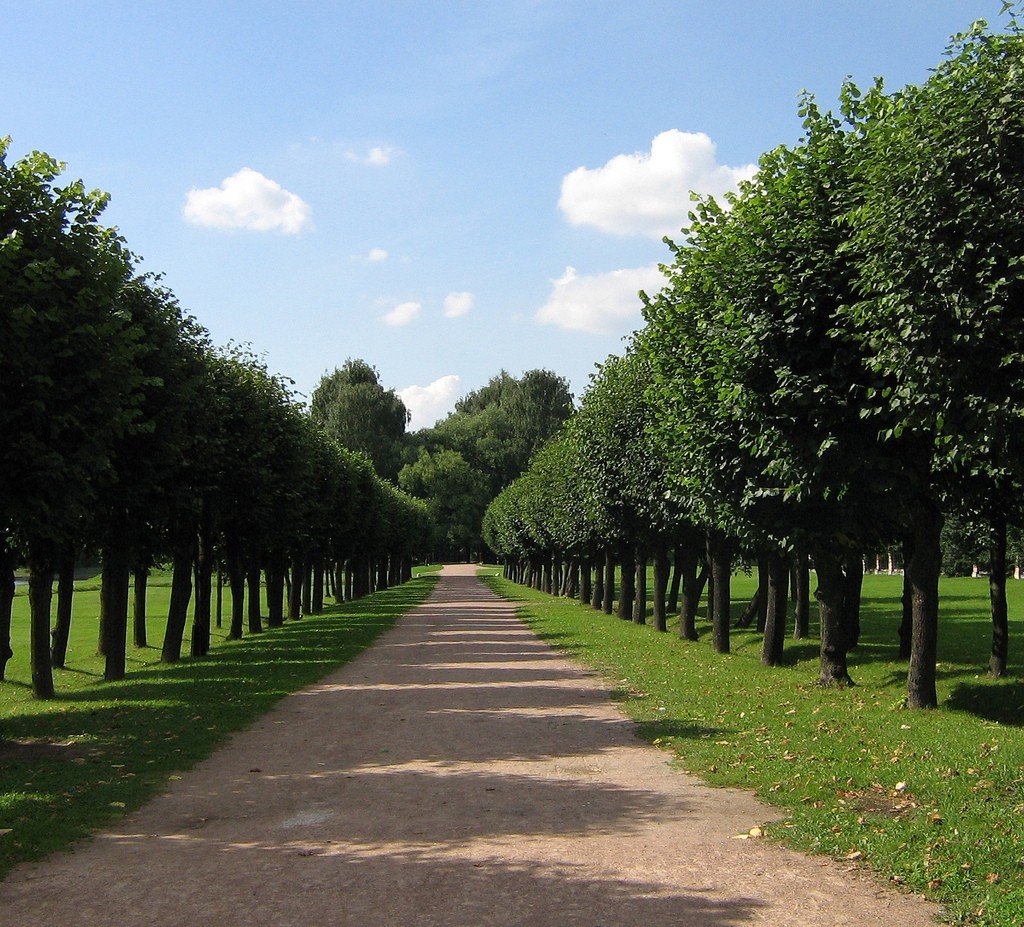
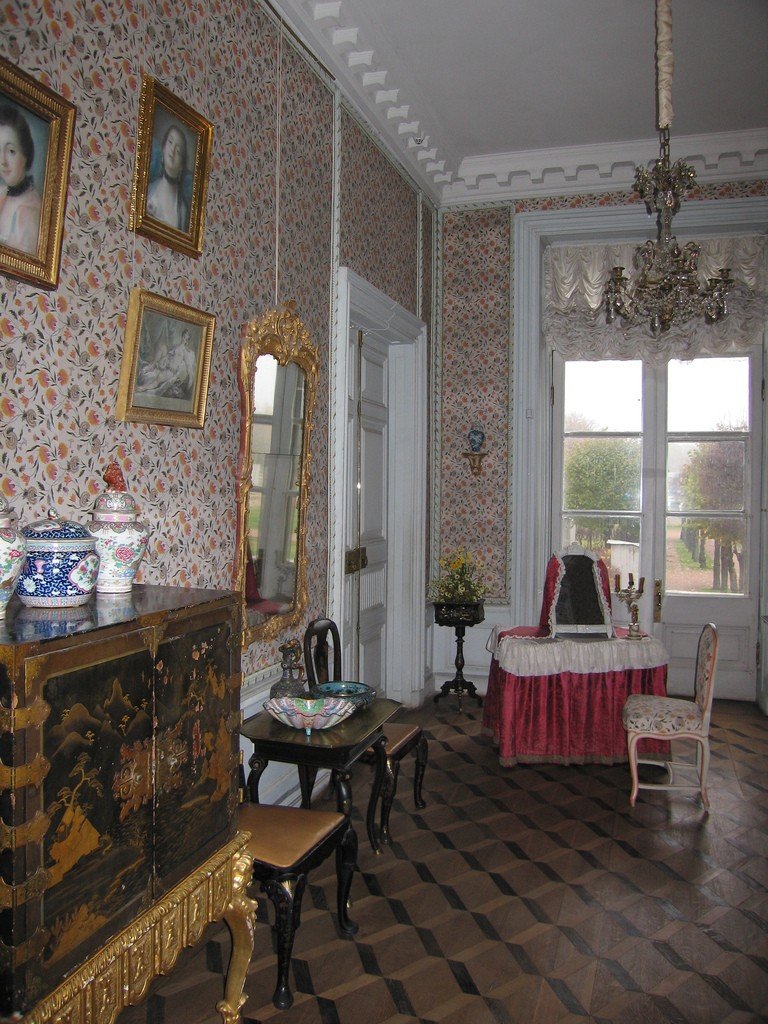
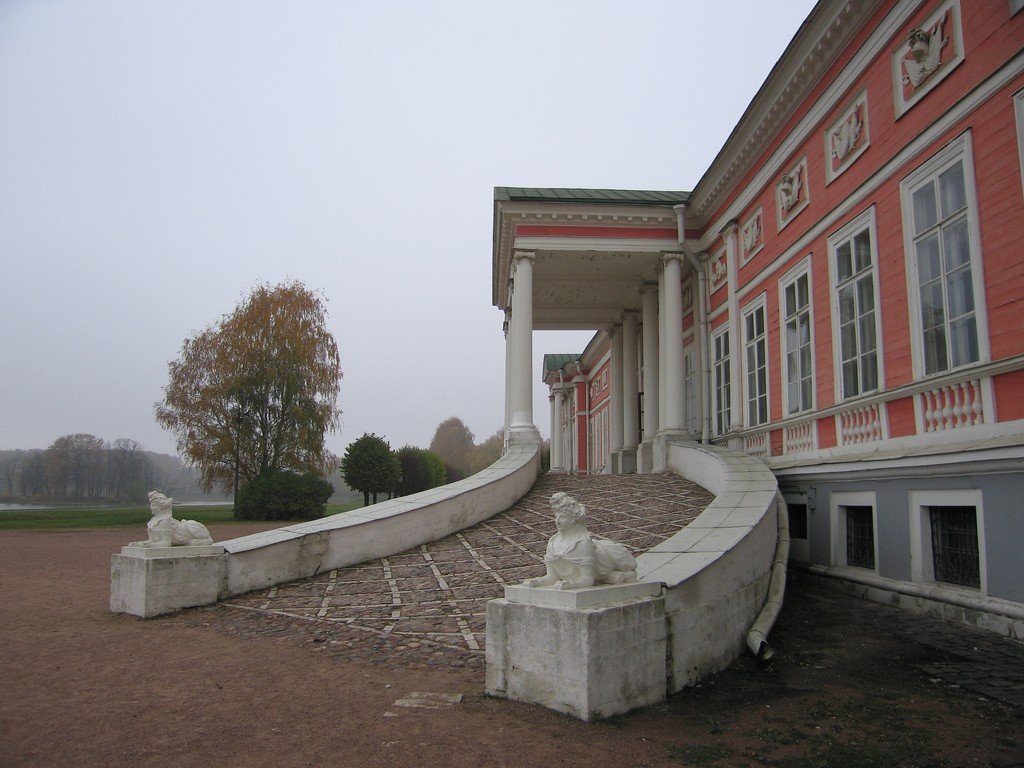
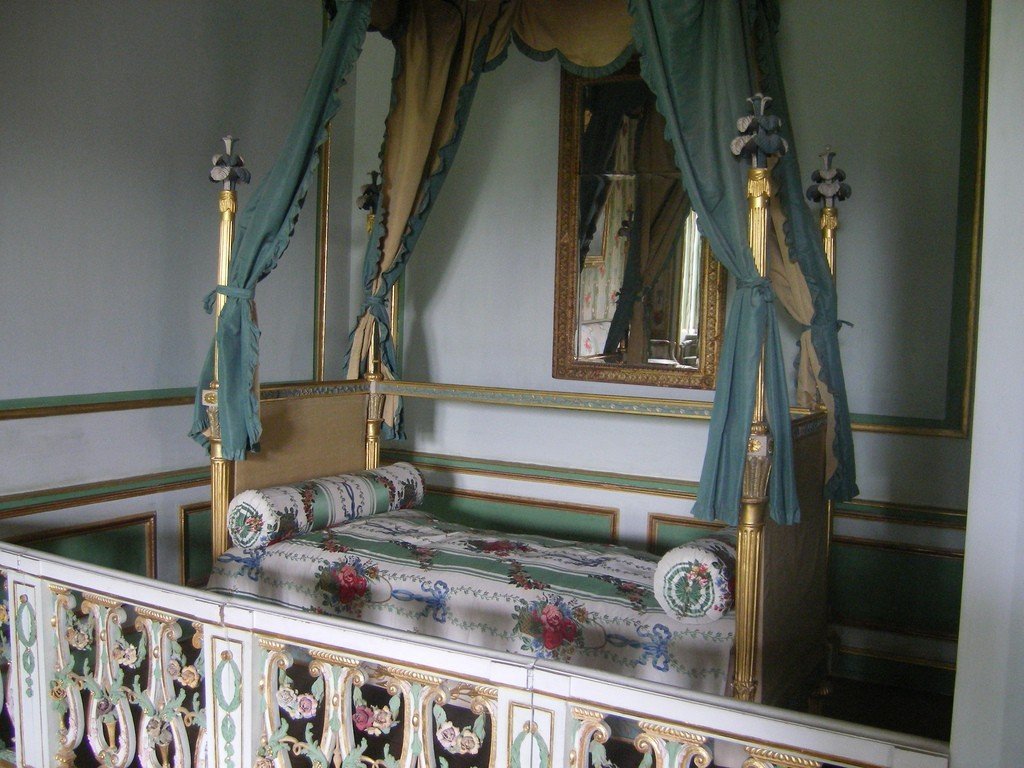
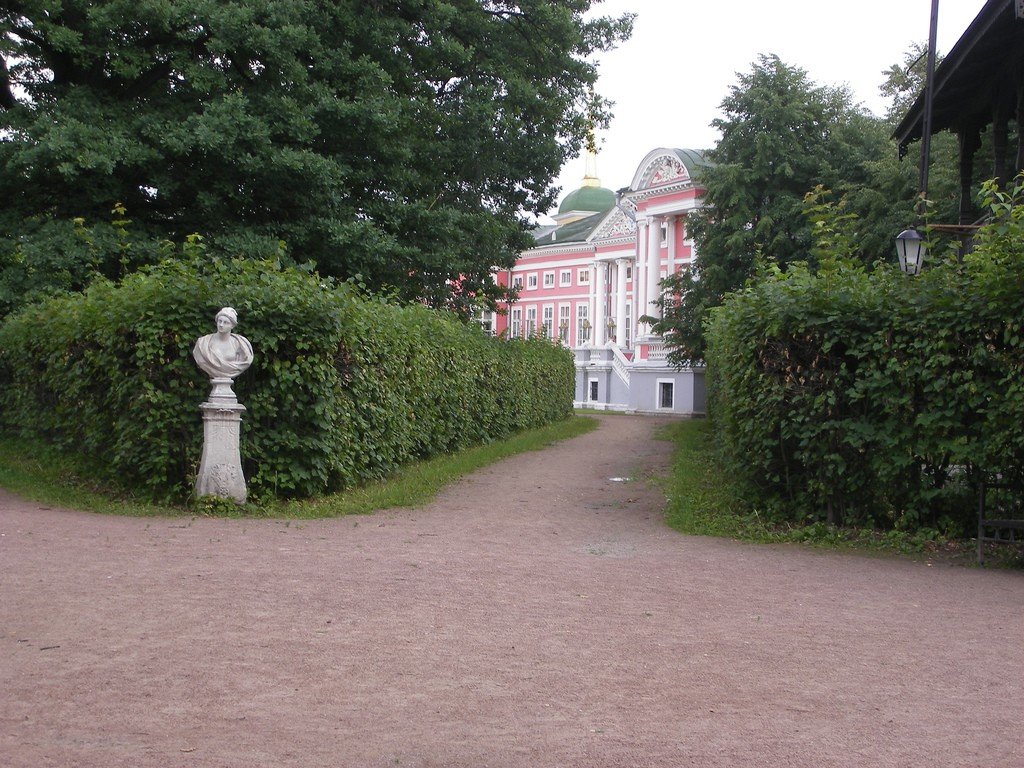
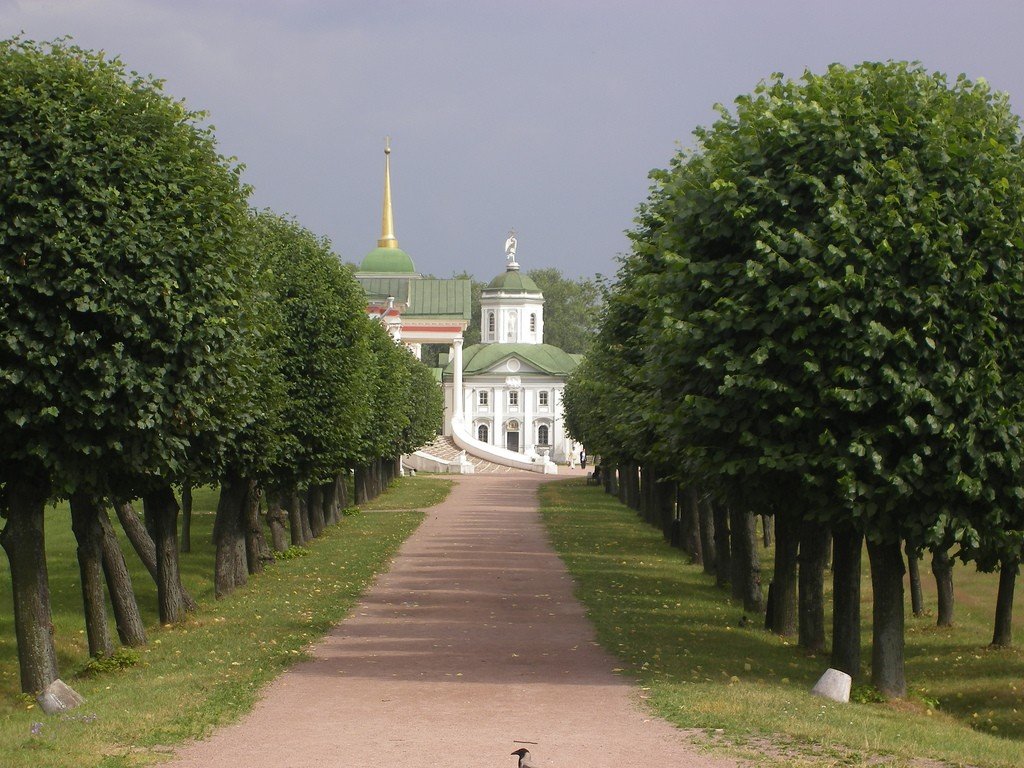
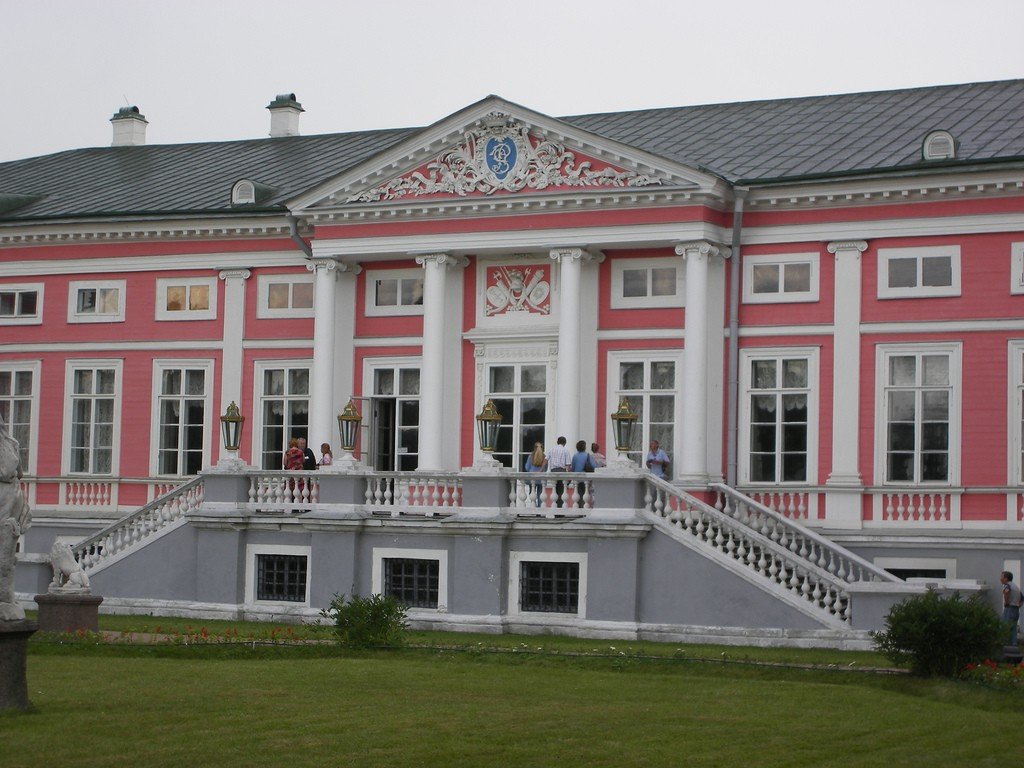
Video: Kuskovo Estate
Contents- Highlights
- From idea to realization: Kuskovo’s history
- The charm of the Sheremetev Palace
- The blossoming paradise of Kuskovo Manor
- Amazing objects of the park
- The pride of Kuskovo: Ceramics collection
- Visiting the old manor
Highlights
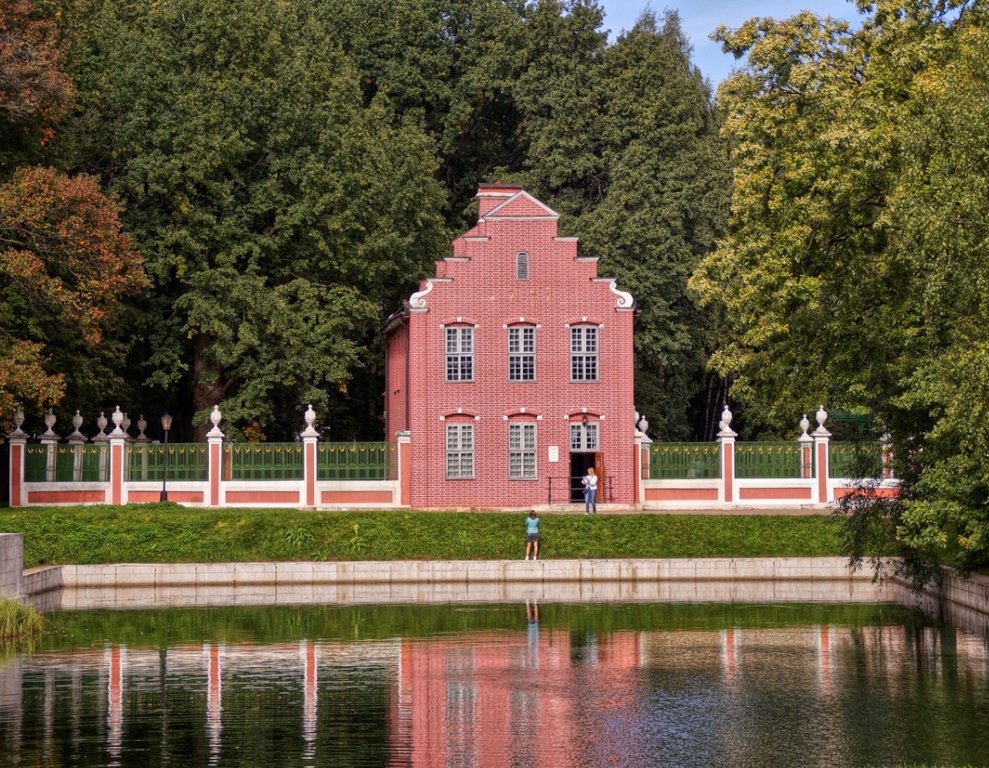
The estate has a sound name – Peter Sheremetev gave its name to the estate. He inherited the land from his father. “A piece of it,” the new owner used to say. The plot was small. Sheremetevs owned this territory since the end of the XVI century. In the XVII century there was already a boyar court, housing of serfs and a church. In the XVIII century, Peter Borisovich Sheremetev took over the inheritance and actively began to build buildings. True, there was not much space – the owner of Kuskovo looked at the wide expanses of the neighboring estate. The rest of the land in the district belonged to the State Chancellor Cherkassky.
.
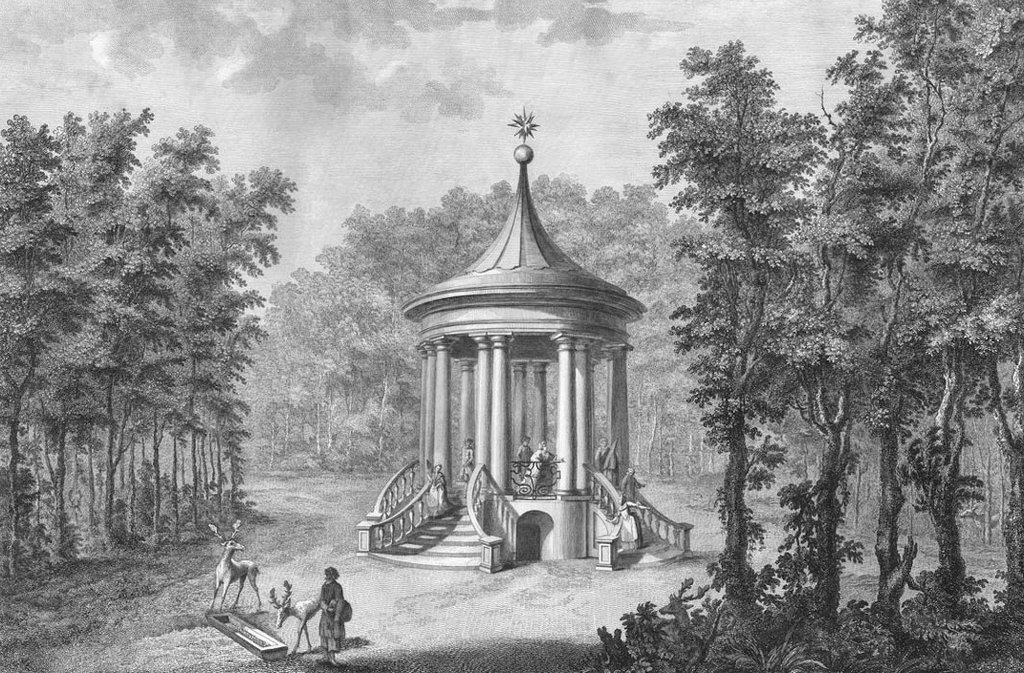
The Sheremetev family was famous for its hospitality. During the warm season, the Kuskovo estate was filled with merry voices and laughter – the Moscow nobility came to visit. Sometimes the count organized especially luxurious balls, inviting up to 30 thousand people. The Sheremetevs had no time to be bored: they took boat rides on the huge reservoir near the palace, watched ballet performances and listened to orchestras. The owner of the Kuskovo estate spoiled the nobles with salutes. Count Sheremetev’s theater burst into applause – it was considered the best in Moscow. From the marriage of Varya and Peter appeared six children – three sons and three daughters.
.
The heir to the Kuskovo estate was Nicholas. He had a rich experience of traveling in Europe. Abroad he picked up revolutionary ideas and decided to organize the life of Kuskovo according to European canons. While his father was still alive, Nicholas became enchanted by Praskovia Zhemchugova, an actress of the Sheremetevs’ serf theater. Peter’s death was a strong blow for young Sheremetev, but Zhemchugova supported him. Soon the couple married and moved to Ostankino. The Kuskovo estate was forgotten. It was only decades later that Nikolai’s son restored the past luxury.
.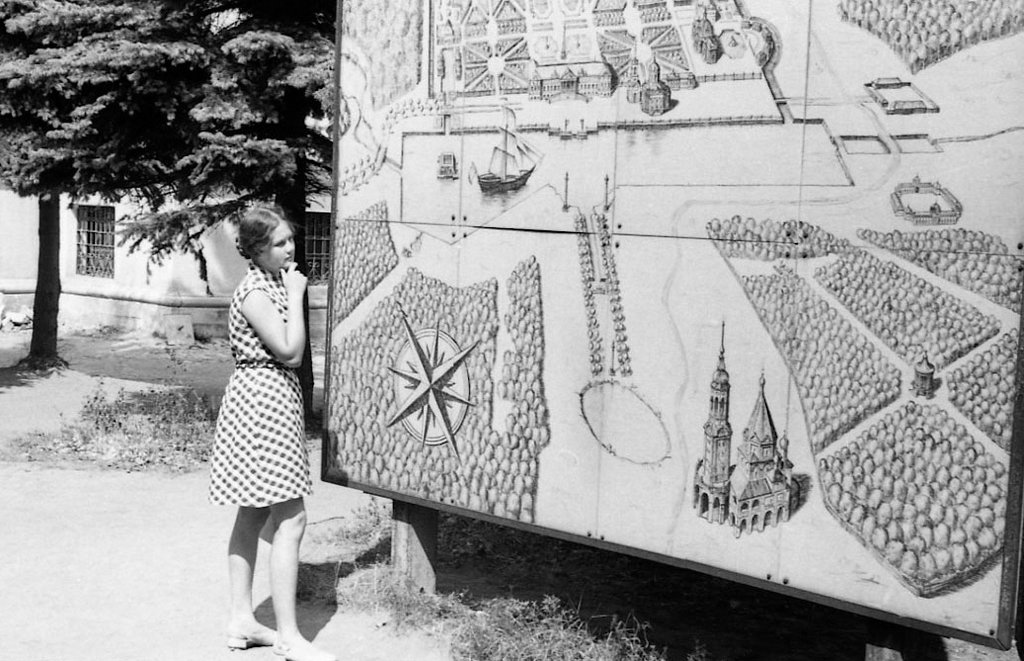
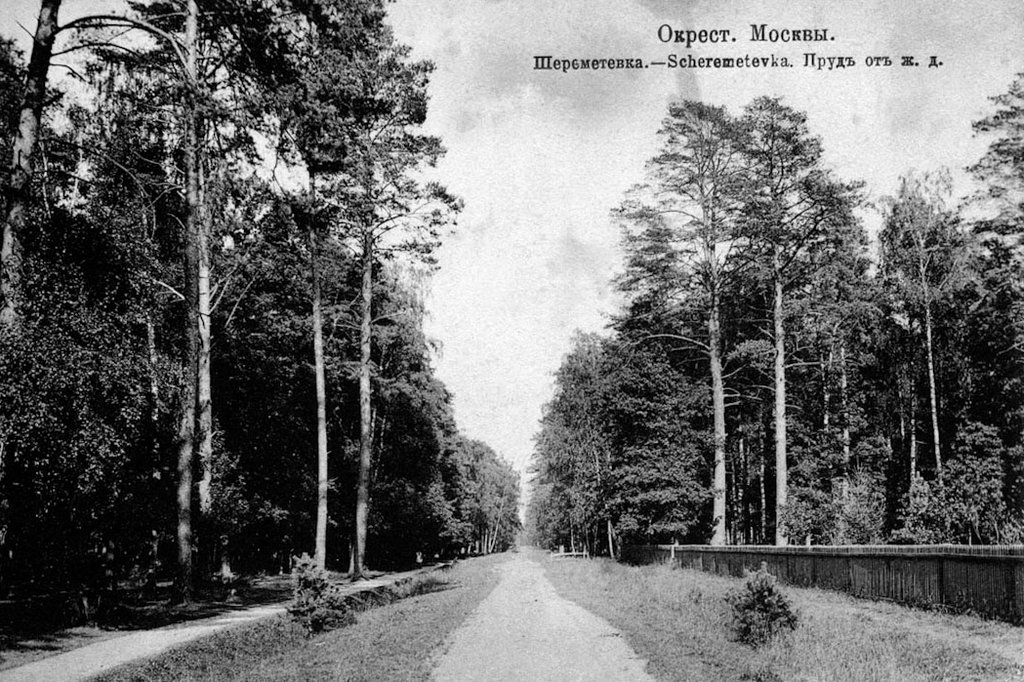
For three centuries the estate was owned by the Sheremetevs. After the revolution, the estate was declared a museum, and two decades later it was united with the ceramic exhibition. During the war, the Kuskovo estate housed barracks. Today, tourists come to look at the estate. In this place, it seems to hear an echo of the old days, when classical music concerts and exhibitions were held in the estate.
.The charm of the Sheremetev Palace
Already at the entrance to the palace complex opens a magnificent view. Juicy green lawns, carefully trimmed trees, architectural buildings – all objects with French charm. In Kuskovo, the palace and pavilions, a park with flowerbeds and sculptures, a pond have been preserved. On the site there is an ancient church and a museum of ceramics.
.The palace is the central structure of the Kuskovo estate. In the XVIII century, the owners called the building modestly – “Big House”. The palace was created in the traditions of Russian architecture. It took six years to build. Wood was chosen as the main material, and the style was early classicism with elements of baroque. It was decided to stretch the palace along the water body. “Big House” was originally made so that in the summer to enjoy vacation together with guests. It united two floors: the front one with majestic halls and the mezzanine – with a wine cellar and household rooms.
.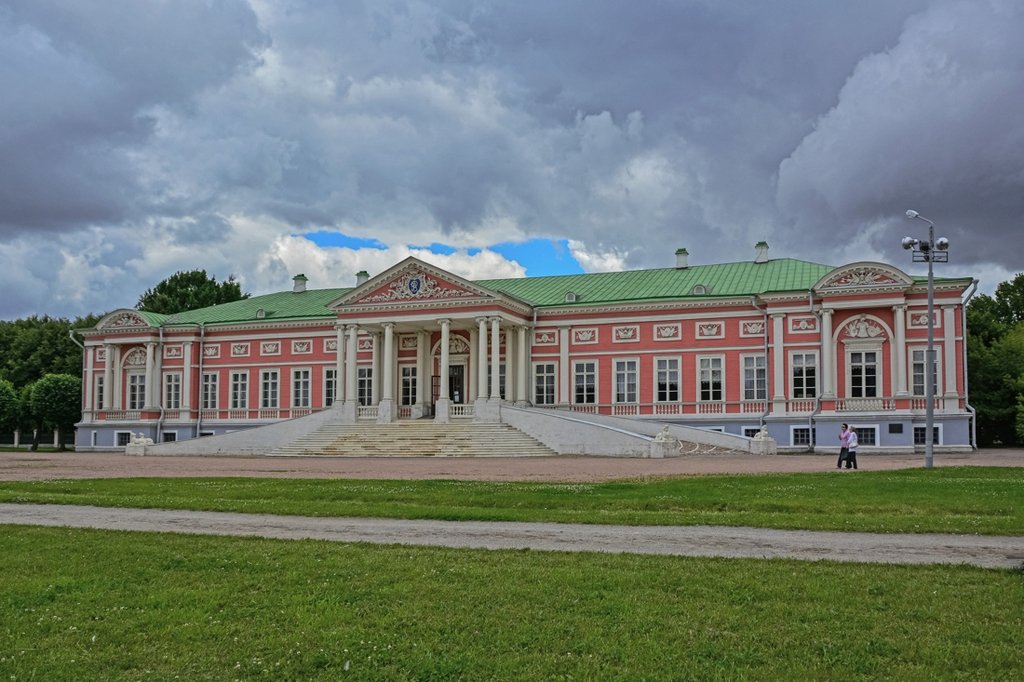
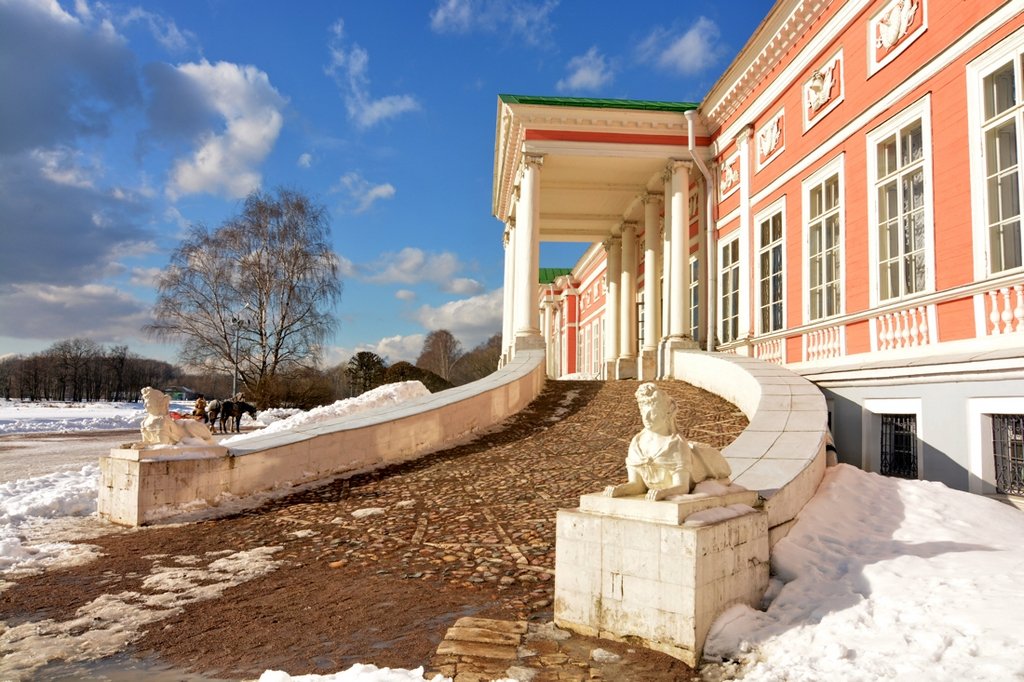
Sheremetev did not skimp when creating the palace in Kuskovo. The Count invited the best painters and sculptors from abroad. Russian masters took part – both serfs and freemen. Tourists today notice echoes of the past: an intricate monogram, a sloping surface for entering the palace at the entrance, figures of sphinxes. On the front part is the family coat of arms with the inscription “God preserves everything”. A spectacular white stone staircase extends to the main entrance.
.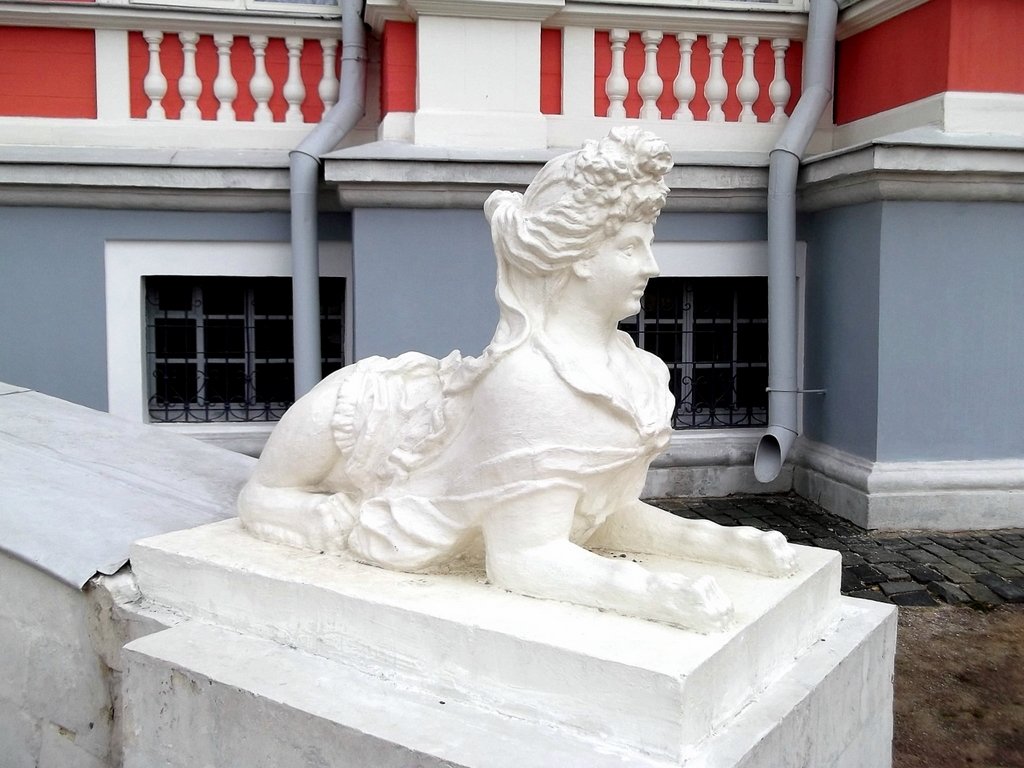
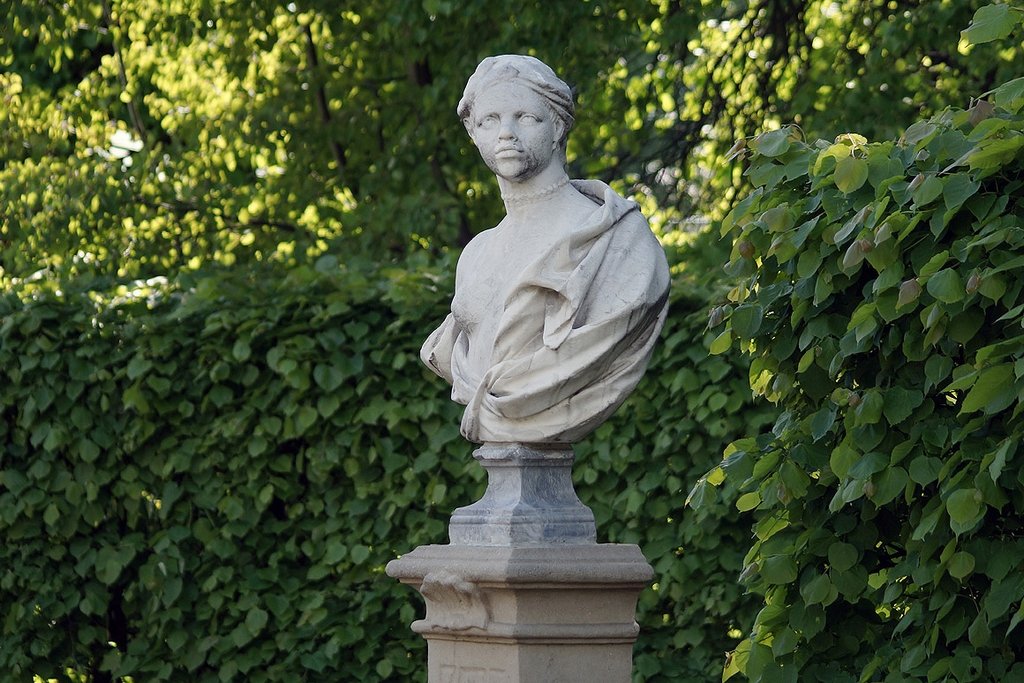
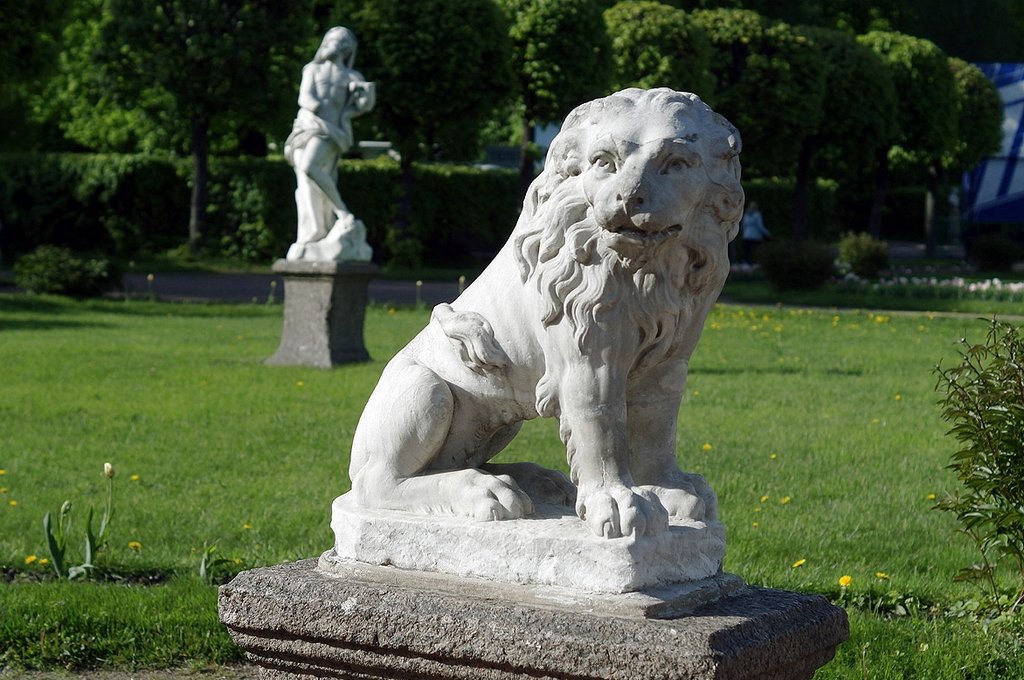
The Count wanted to flaunt himself in front of his guests, so he chose the then fashionable enfilade arrangement of rooms. The rooms adjoined each other sequentially, and the doorways were located on the same axis. Mirrors were placed on the walls to create the feeling of an endless corridor.
.The palace was equipped with both parade halls and cozy chamber rooms. During balls, guests rushed to the dance room. For entertainment served billiard and card rooms. Family evenings were spent in the trellis room decorated with tapestries. Musical evenings were organized in this room. In the palace there was an art gallery, a library and a living room with a mechanical organ. The decoration of the halls is different, but they harmonize with each other and create a common artistic idea.
.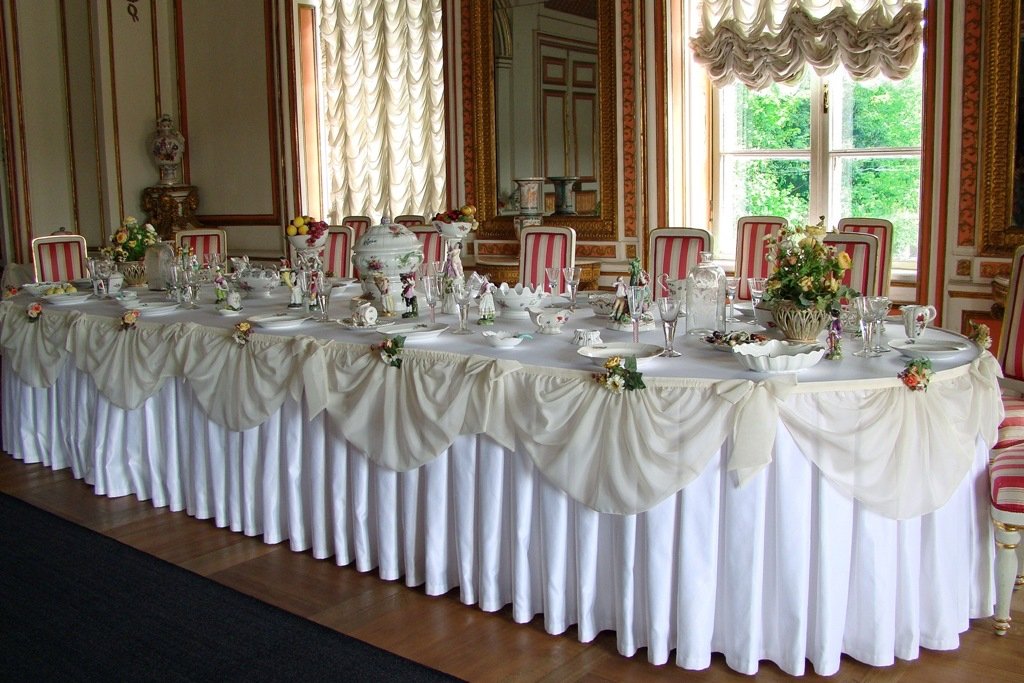
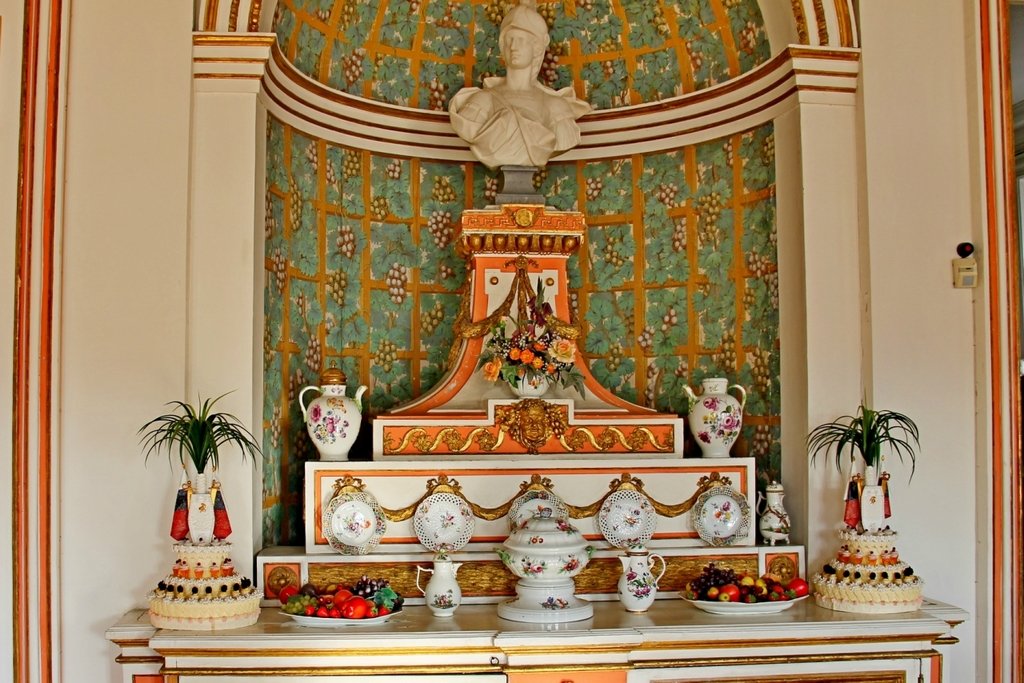
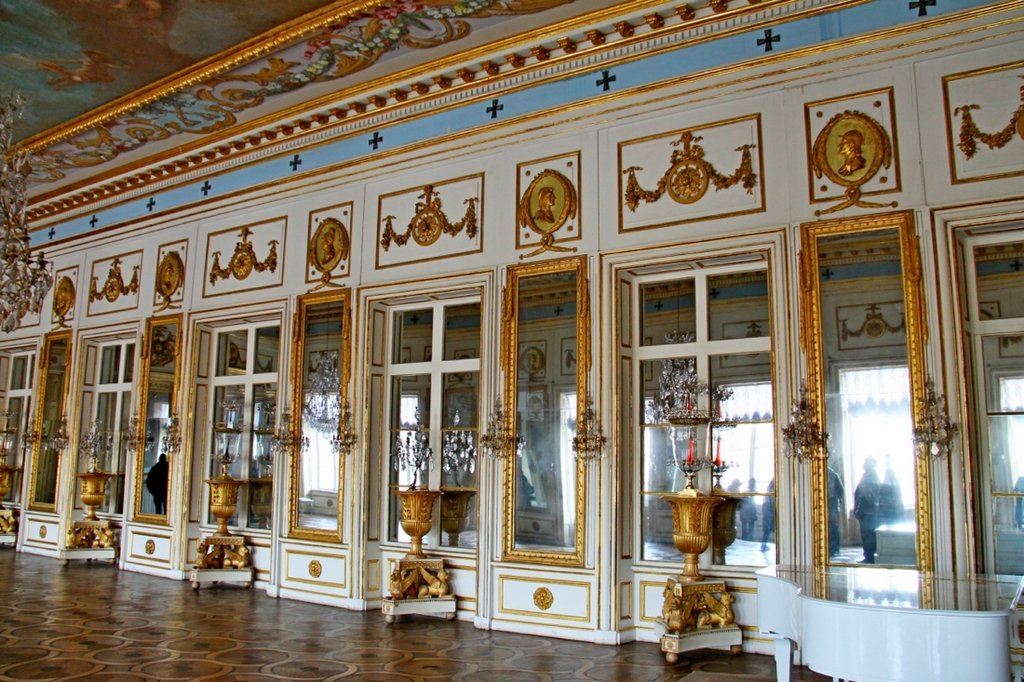
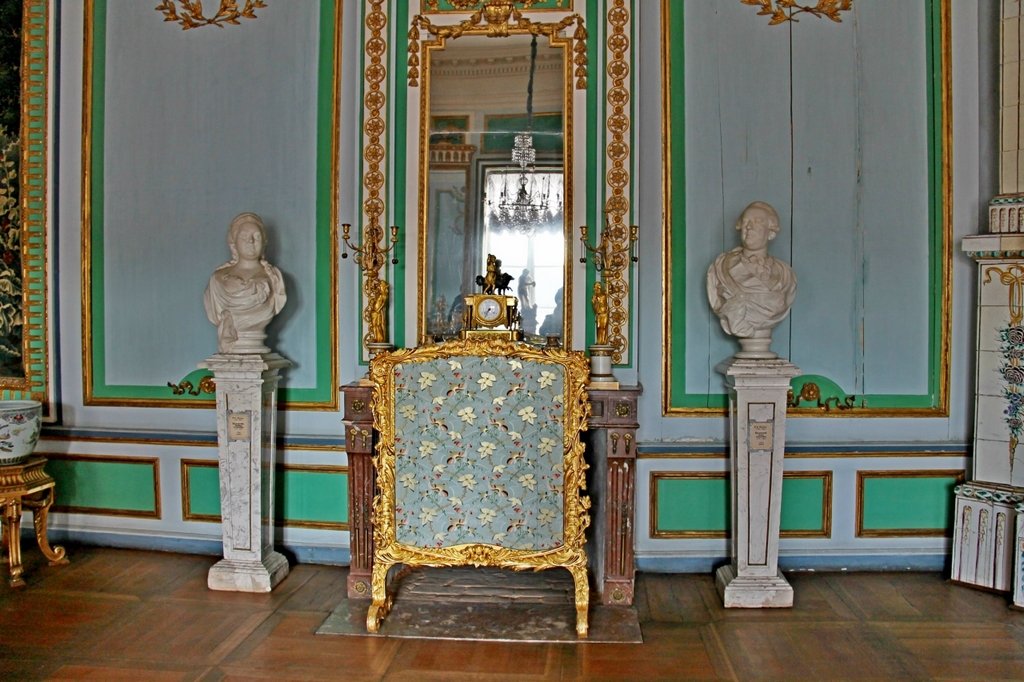
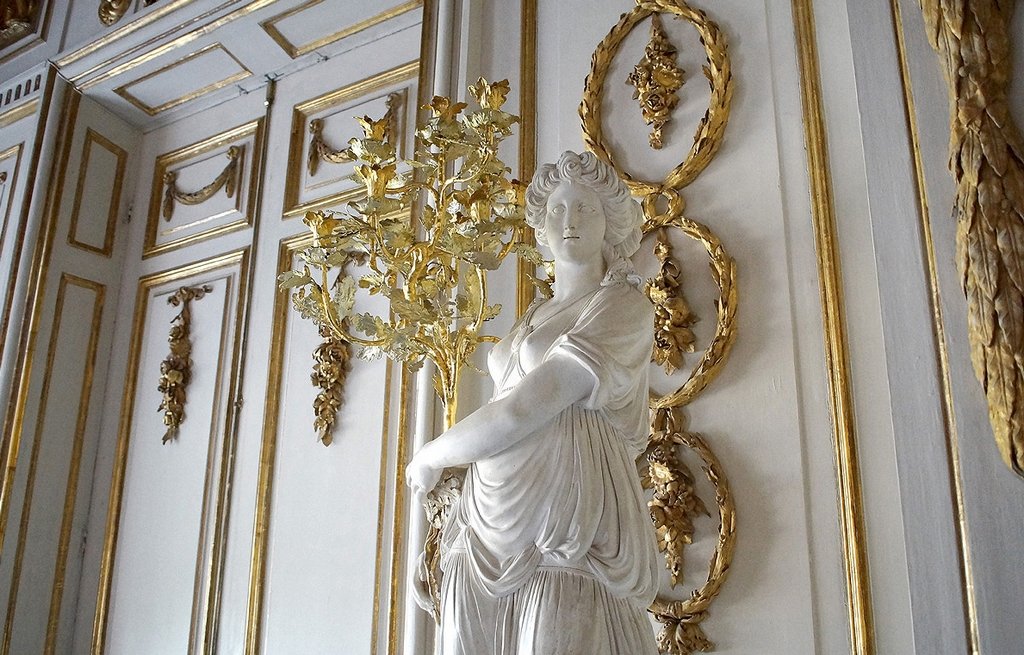
Boardwalk floors, fireplaces and stoves, moldings, mirrors and lighting fixtures remain to this day. Some of the furnishings have been recreated according to ancient descriptions. The woven surface of the walls and furniture was restored. Following the fashionable trend, Sheremetev decided to decorate each room in different colors. Rooms were named by the color of upholstery: white, blue, crimson … It was completely necessary to restore the ceremonial bedchamber decorated with green silk and roses. This room was created especially for Catherine II, when the majestic lady decided to visit the Kuskovo estate. The elegant upholstery was lost in the 19th century – it was recreated from images and scraps found behind the skirting boards and furniture.
.Historians consider the Count a joker, because he used various tricks to decorate the palace. Many elements of the decoration are butaphoric. One can consider papier-mâché, grisaille ornamentation for volume, artificial marble, mirrors to visually enlarge the corridors.
.
From the past have reached us and old paintings: Russian and European paintings, portraits of emperors, images of the owners of the palace of Counts Sheremetev. One of the most interesting exhibits of the palace is the organ. The musical instrument simultaneously served as a clockwork mechanism. At a certain time a programmed melody sounded. There were a total of ten compositions that were used at different times of the day.
.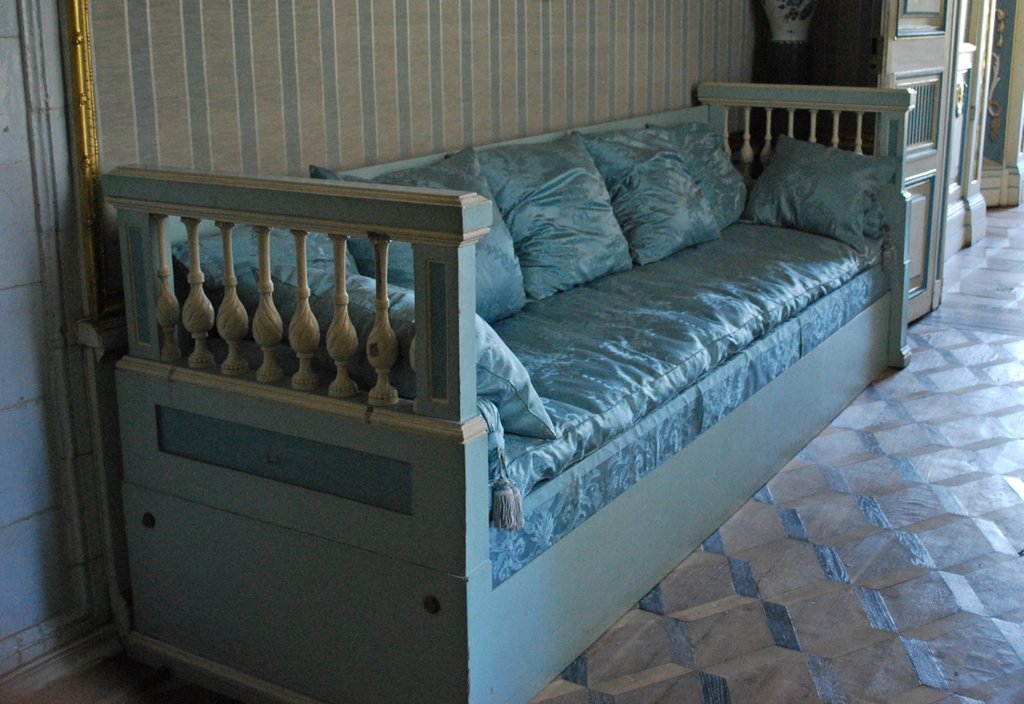
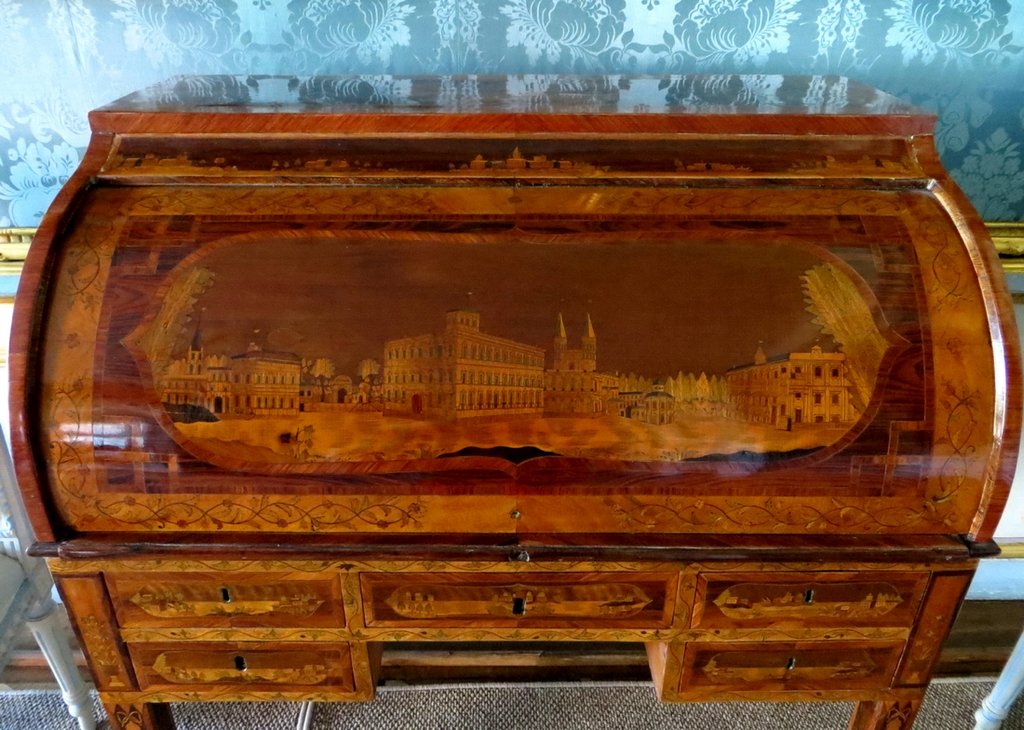
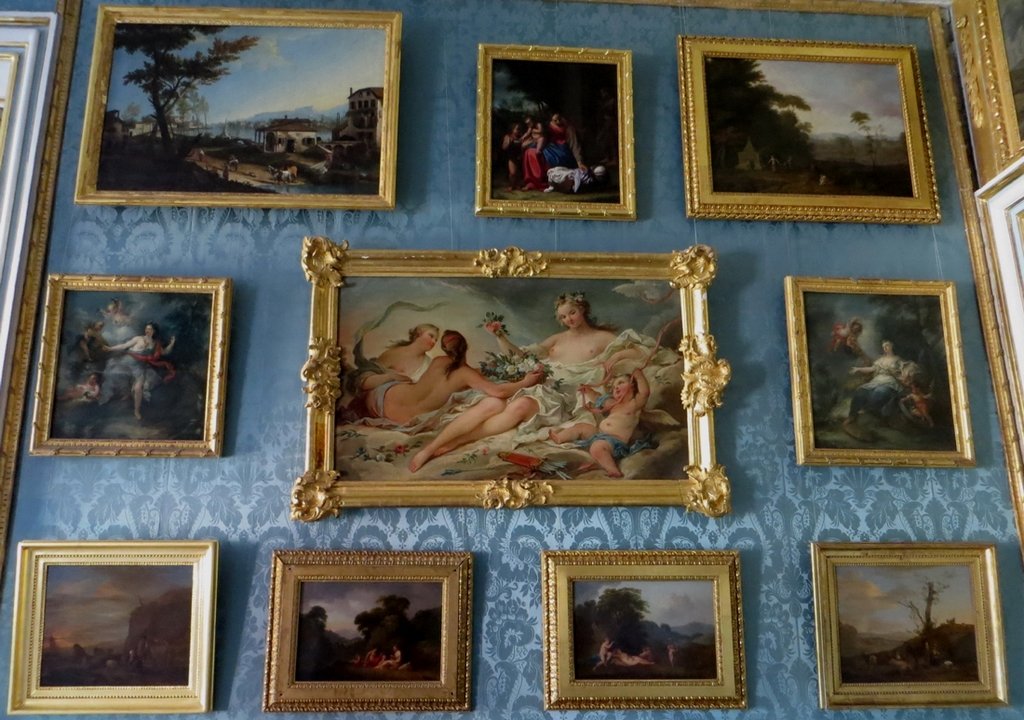
Blooming Paradise of Kuskovo Estate
A walk through the park brings tourists no less pleasant emotions. Straight paths create a neat geometric ornament, dividing the space into parts. Intertwining paths “guard” pavilions and statues. In the center of the park in Kuskovo is a figure of the goddess Minerva. She is known as the protector of artists and craftsmen. When creating the park, all details were taken into account, down to the height of plants and the color of foliage. Foreign gardeners worked on the arrangement.
.
The French park was divided into three parts. The center was occupied by open space – with flower beds, paths and lawns, various sculptures. The statues mainly depict Greek gods, Roman heroes and lions. In total, there are more than 60 sculptures in the park. The right and left side are occupied by pavilions and alleys. Four sculptures depicted morning, day, evening and night. The figures were placed so that the sun illuminated them in turn (except for the last one). The sides include “perspective writing.” This was the name given to decorative images in the form of an architectural object. It created a sense of volume – it seemed that very close by were ruins, a mill or a gazebo. Some garden deceptions have survived to this day.
.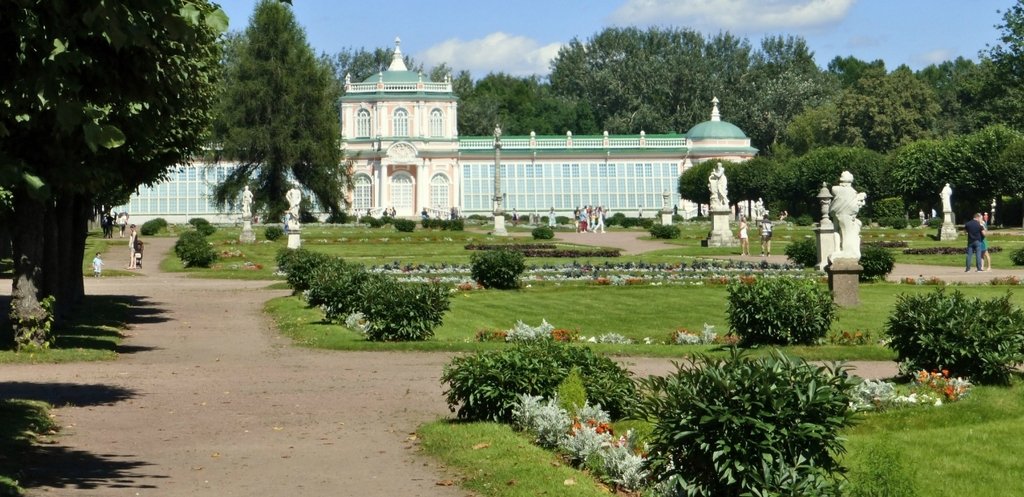
In addition to the French park, there was an English park on the north side. There, too, there were many intricacies: a temple of silence, an Indian hut, a house of solitude and a lion’s cave. In creating the green space, trees were selected by shape and shade, and alleys were cut through.
.
Walking through the center of the French park, tourists get to the Big Stone Greenhouse. How could Sheremetev do without a collection of plants? After all, in the XVIII century, noblemen raced against the clock to collect tropical species. Once there was a wooden greenhouse in place of the stone one, but the serf architect transformed the space. Thus, a house with a central octagonal pavilion appeared in the Kuskovo estate. It was located between two galleries made of glass. In the greenhouse guests not only strolled among tropical plants, but also held balls. They danced in the central part. A bright “flower ball” was organized for the arrival of Catherine II. Dancing melodies poured from the inner balcony, where musicians were located. Guests, tired of the noise, rested among the trees of the winter garden: laurel, coffee, lemon, orange.
.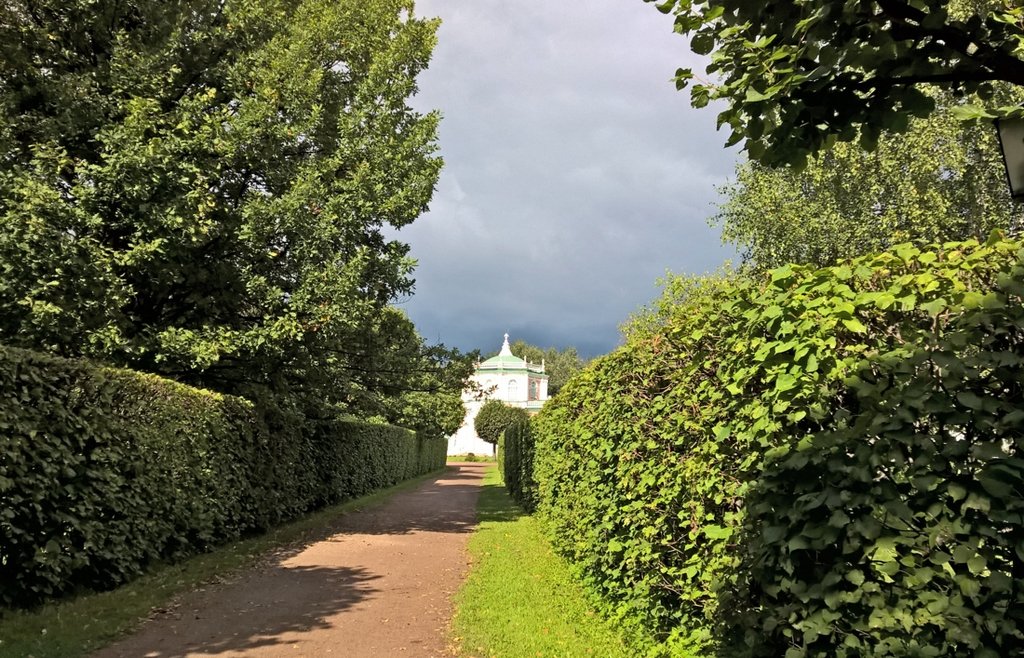
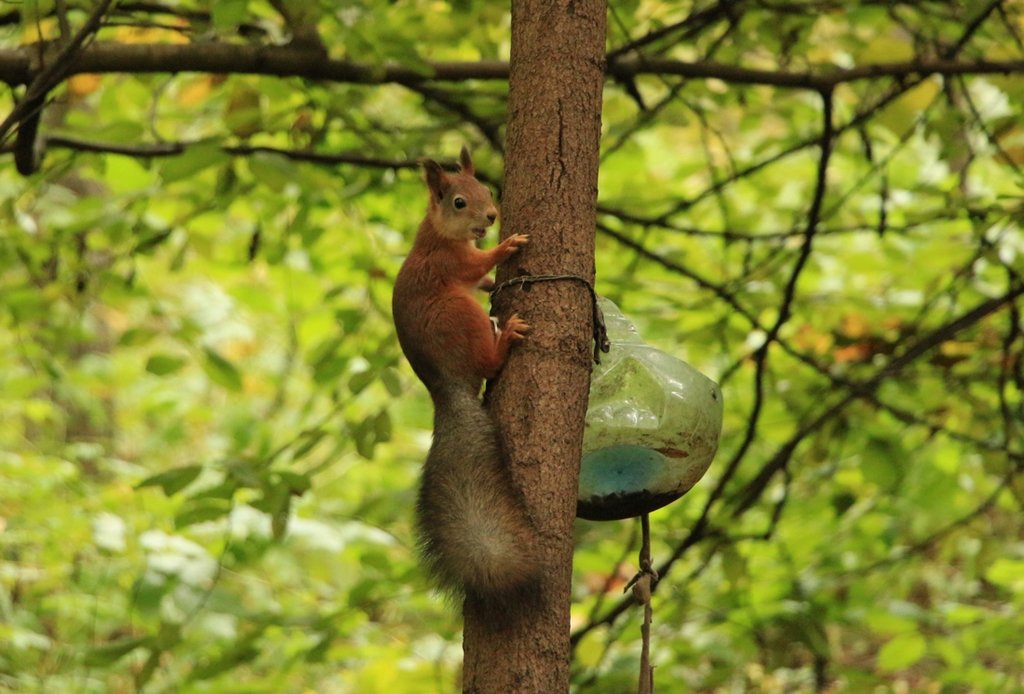
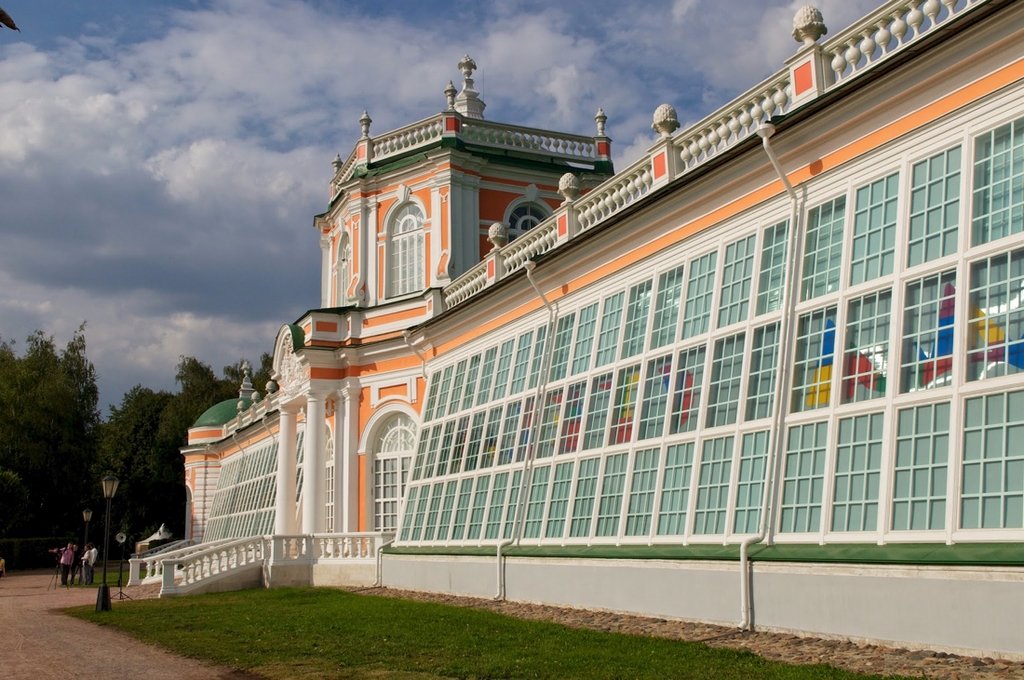
Thanks to the orangery, the owners of the Kuskovo estate were supplied with fresh fruit all year round. Peaches, oranges, lemons and pineapples were served to the table. The winter garden allowed Count Sheremetev to shine before the Empress. In bitter frosts he would hand a basket of the freshest peaches to the table of a noblewoman.
.Amazing objects of the park
The ornate Grotto is considered the most exotic structure on the territory of the Kuskovo estate. The stone pavilion is made in the Baroque style. According to the idea of the fortress architect, the Grotto should be associated with the element of stone and water. The exterior of the pavilion is pretty: statues in niches, images of lions above the windows, wall decorations in the form of water streams. Inside, the Grotto is framed with mother-of-pearl shells, colored glass, pieces of mirrors and plaster moldings. The shells are lined with patterns of outlandish animals, birds, and fish.
A curious object of the Kuskovo estate is the Hermitage pavilion. Its furnishings were kept from the eyes of strangers. Inside could get only a select few, friends of the Count. The first floor was reserved for servants. Using a lifting mechanism, the servants served drinks and snacks to the guests. The second floor was taken up by a mechanical elevator.
.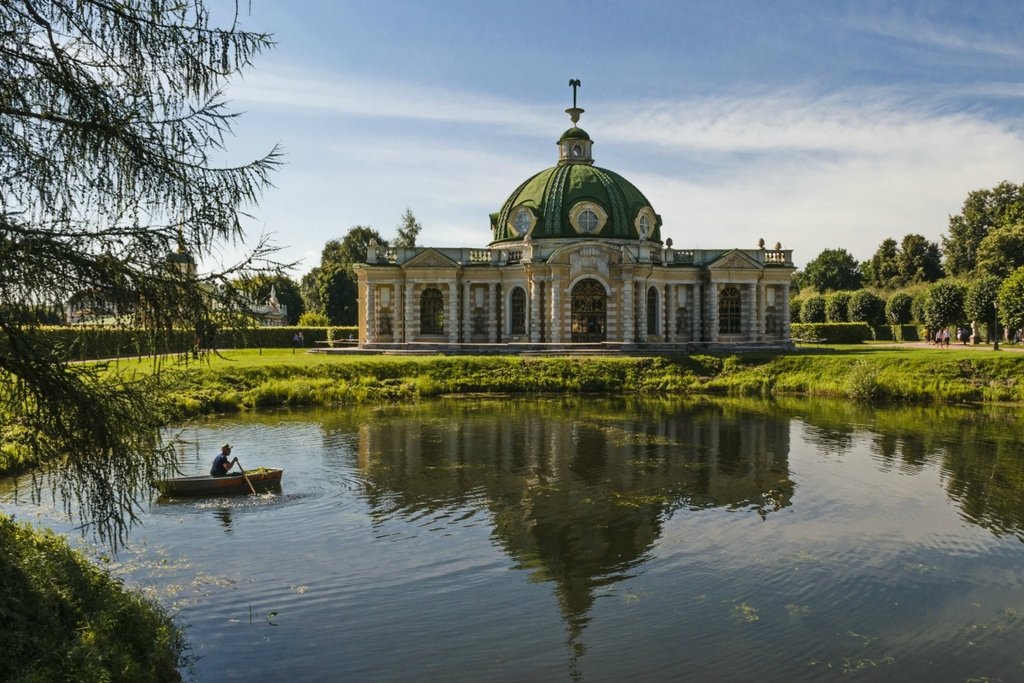
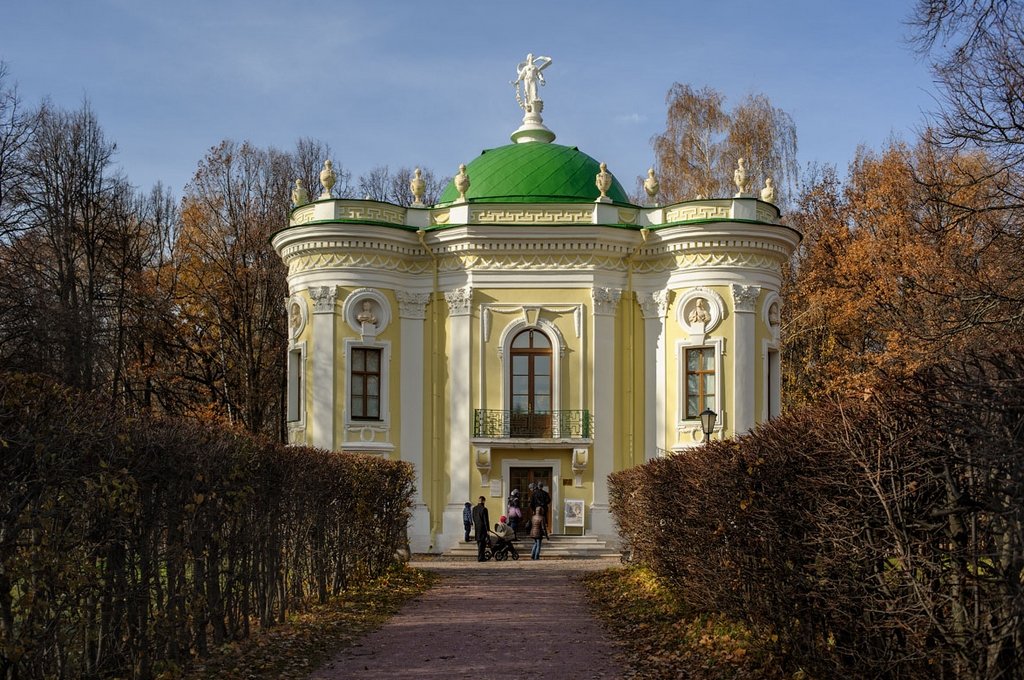
The Dutch House and neighboring structures were also designed to entertain the public. This object was created to commemorate the reign of Peter the Great and his interest in Holland. The lodge was “entrusted” with welcoming guests who came to the estate via a lift bridge. Near the ornate pavilion there was a pond with carps. The fish swam to the sound of a bell. Nearby was a garden with tulips and hyacinths and a vegetable garden with cabbages. On the other side of the property recreated an Italianate atmosphere. A graceful house for modest receptions, rare artwork, a pond, feathered cages – combining several objects has created the spirit of Italy.
.The Kuskovo estate also included a Swiss house, an Air Theater, a manager’s building, a kitchen wing, a carriage house and a drying room. The oldest building is considered to be the Church of the Savior of All Grace. It is still active today. Next to the temple is the bell tower – a new structure of the estate.
.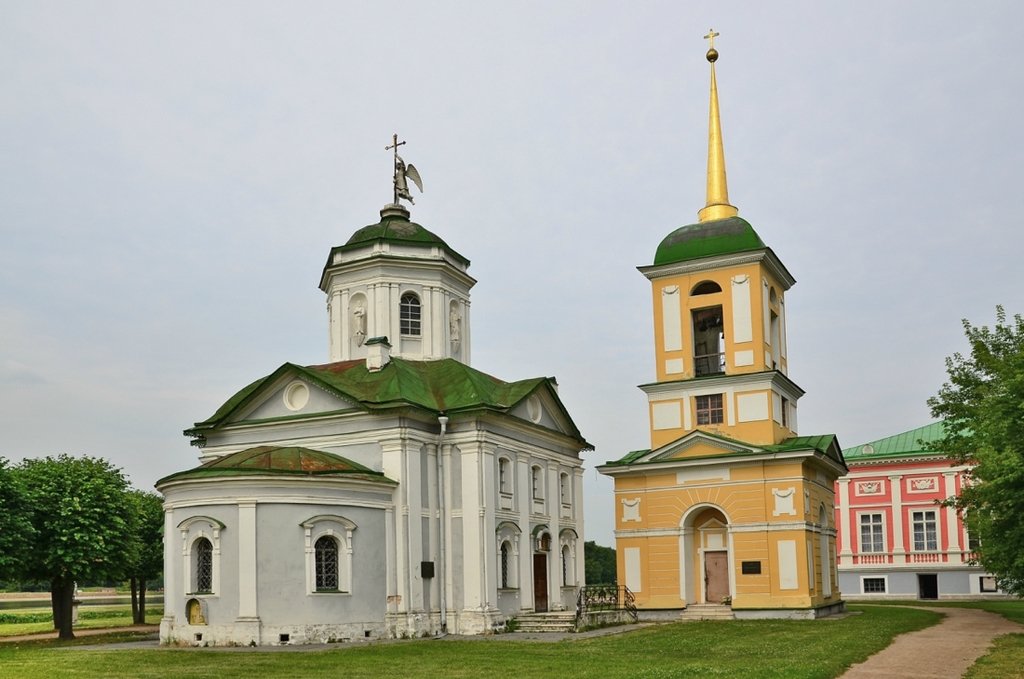
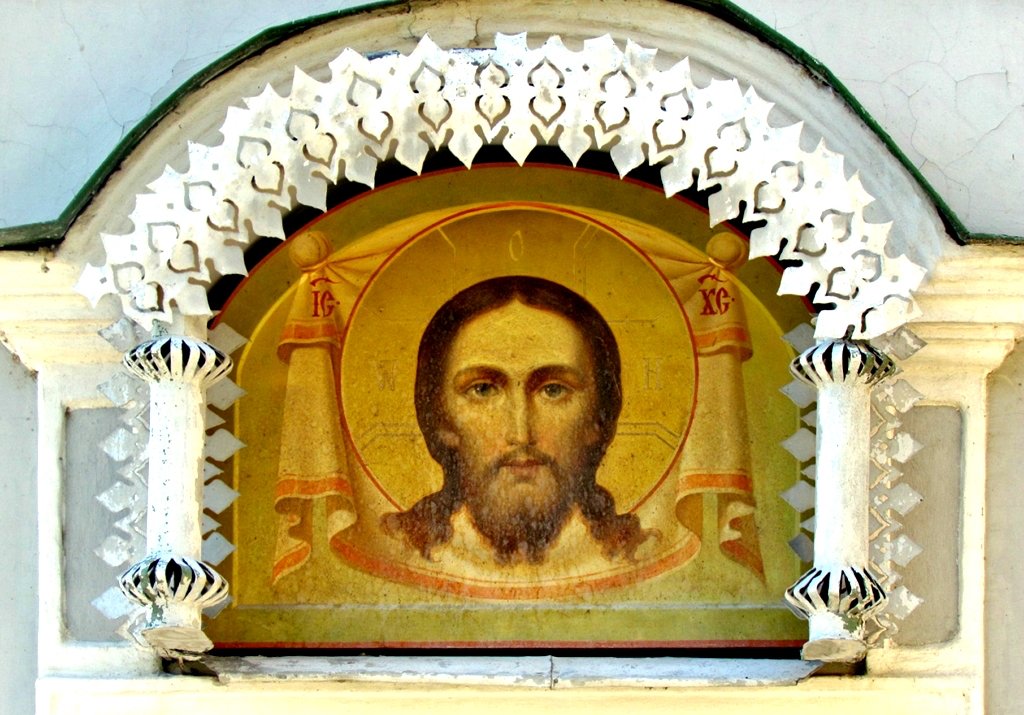
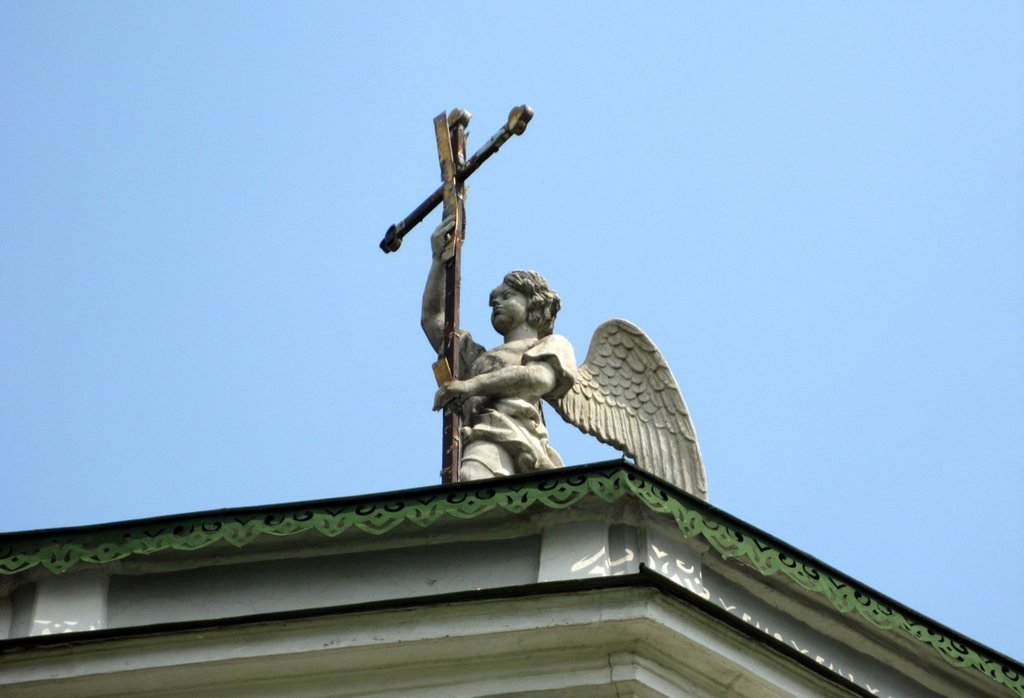
Pride of Kuskovo: a collection of ceramics
Tourists visit the Kuskovo estate for the ceramics museum. The extensive collection is located in the basement of the palace. Entrance – from the south-western side, near the church. Guests can see samples of Meissen porcelain, Venetian glass, Italian majolica. The total fund of the museum is 50 thousand items. Part of them is occupied in the setting of the palace. At the museum there is a ceramics workshop, where author’s works by contemporary artists are sold.
.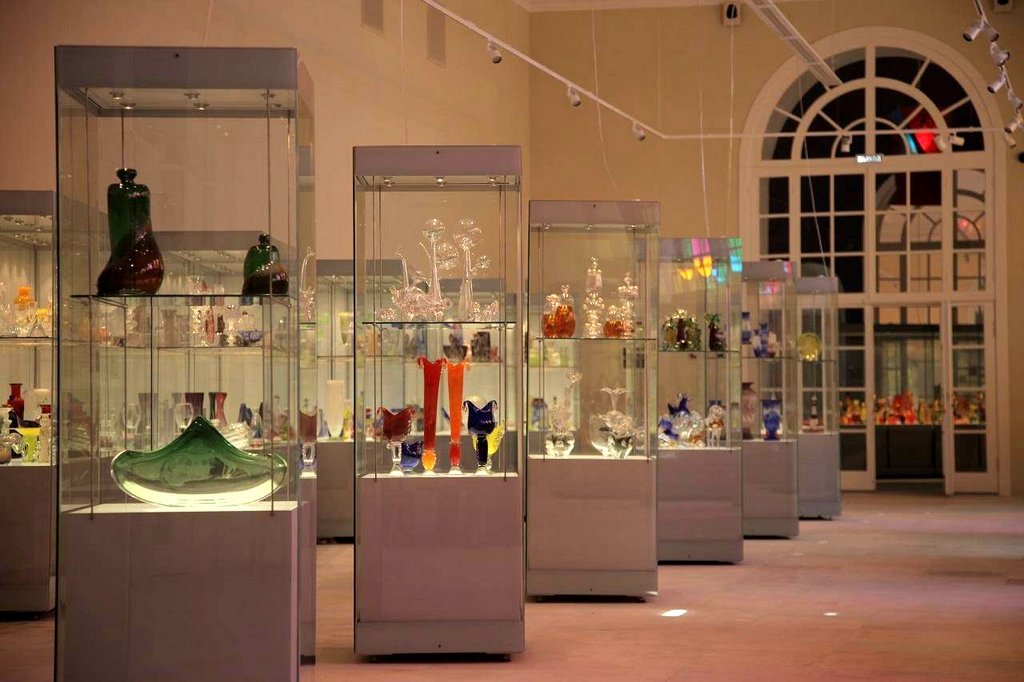
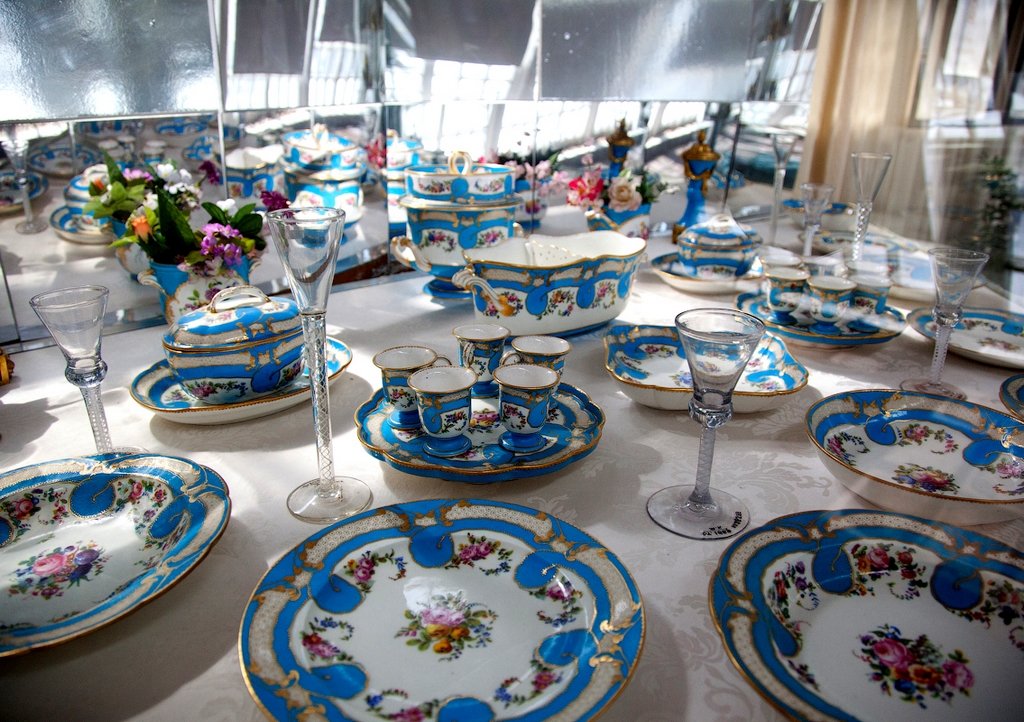
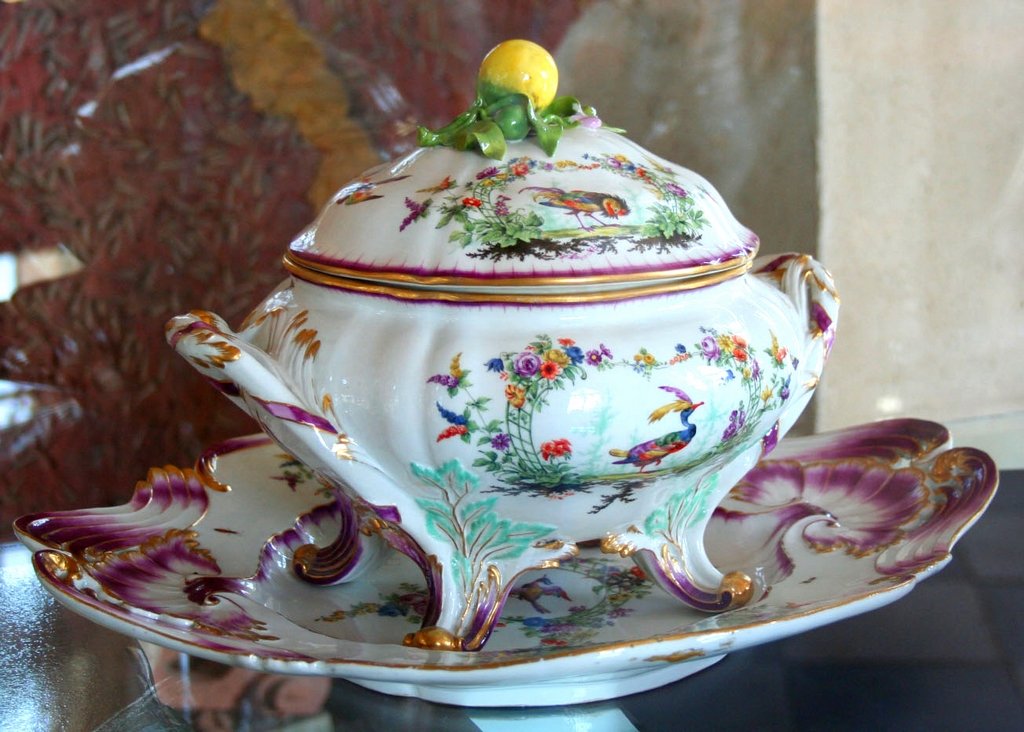

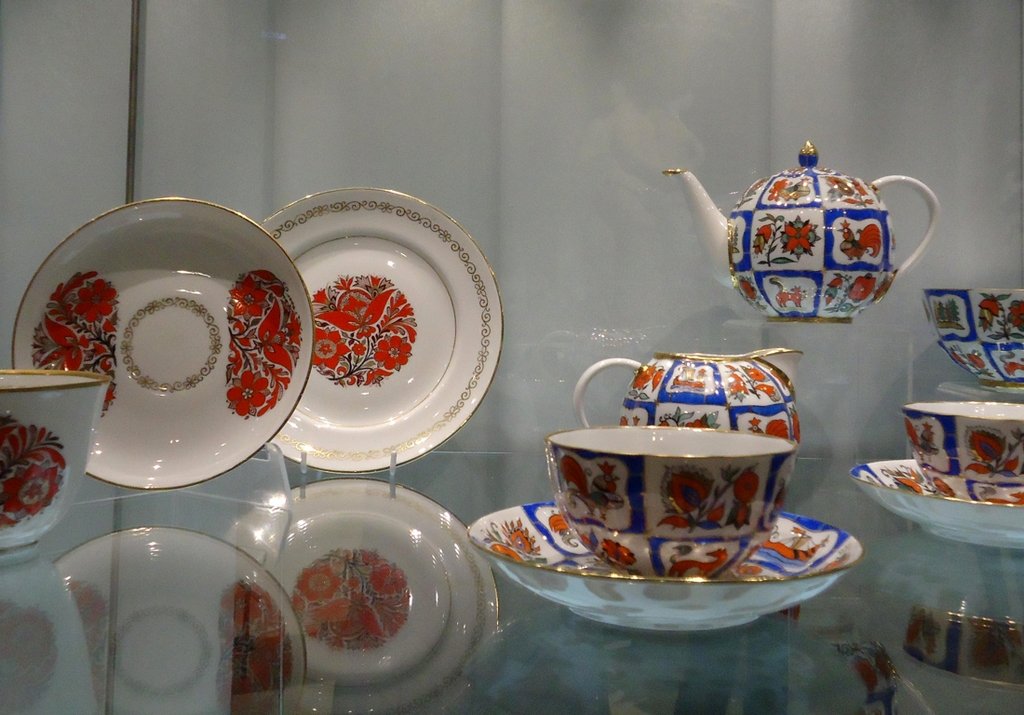
Visit an old manor
It is not difficult to get to Kuskovo by public transportation. First – by subway to “Ryazansky Prospekt”, from there – by bus number 133 or 208. The stop is called: “Kuskovo Estate”. Travelers in their own vehicle need to find the address: Yunosti St., 2. Approach on weekends should be to the opening, otherwise there will be nowhere to leave the car.
.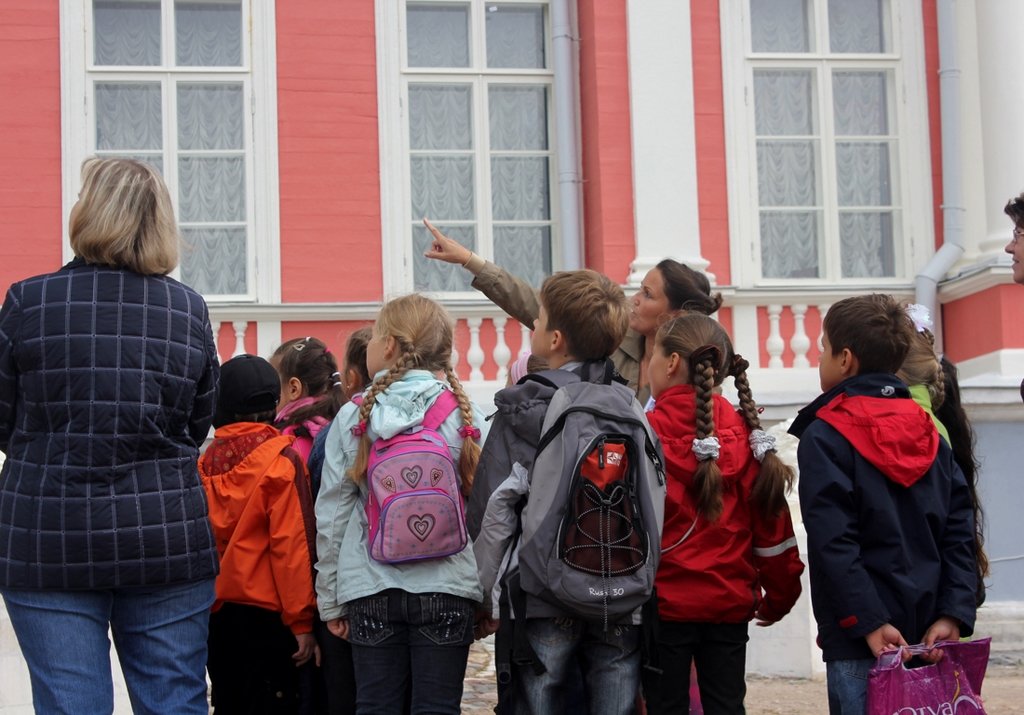
The Kuskovo estate is open during the warm season from 10am to 6pm. From mid-October to mid-spring – until 4pm. But the ticket office always closes an hour earlier. The facility is not open on Mondays and Tuesdays. Also unavailable on the last Wednesday of the month. You can tour the estate park until 20:00 (ticket purchases until 19:30). Every third Sunday of the month, the museum is free of charge.
.Some visitors book tours of Kuskovo – in advance or on the day of the visit. The routes are designed for 1.5 hours. An additional bonus when visiting – regular stock exhibitions. The museum staff organizes 3-4 expositions a year. In summer, concerts and music festivals are held in the dance hall of the palace. You can listen to the organ, harp, and piano in the ancient luxurious atmosphere.
An interesting way to get to know the Kuskovo estate is to take part in a quest. For an exciting game you need a mobile device with internet. Participation is paid, but the amount is divided for everyone. The number of participants is not limited. On average, the passage of the quest is two hours. The whole team needs to answer questions, notice unexpected details and unravel the tangle of riddles.
.